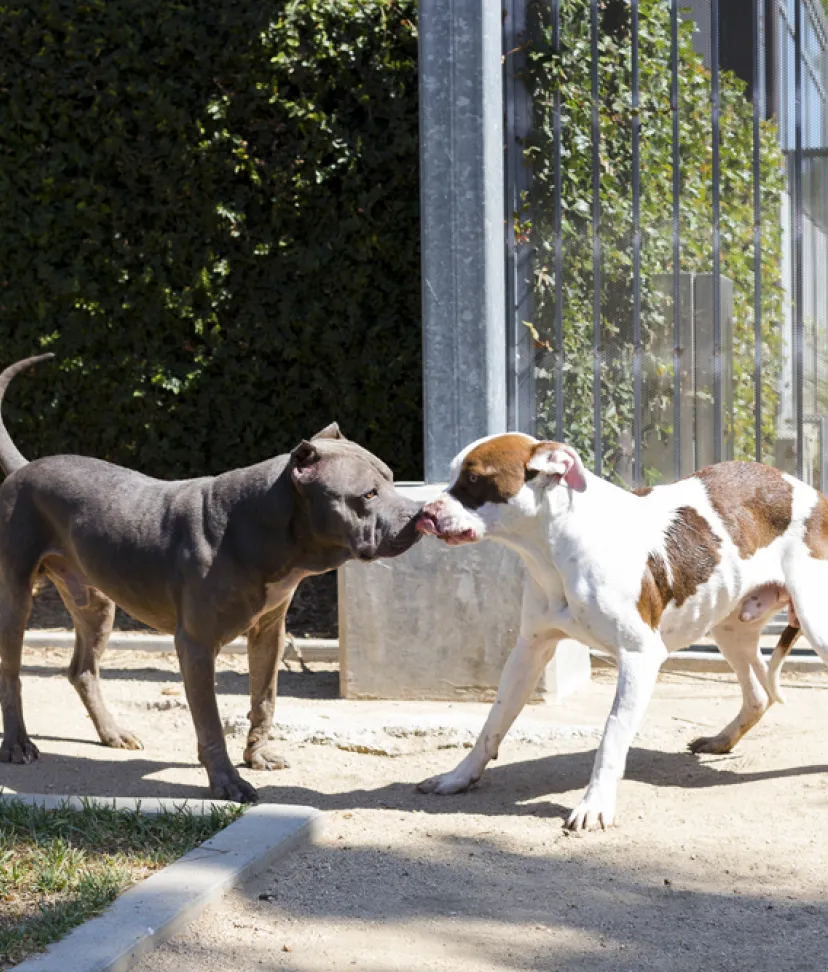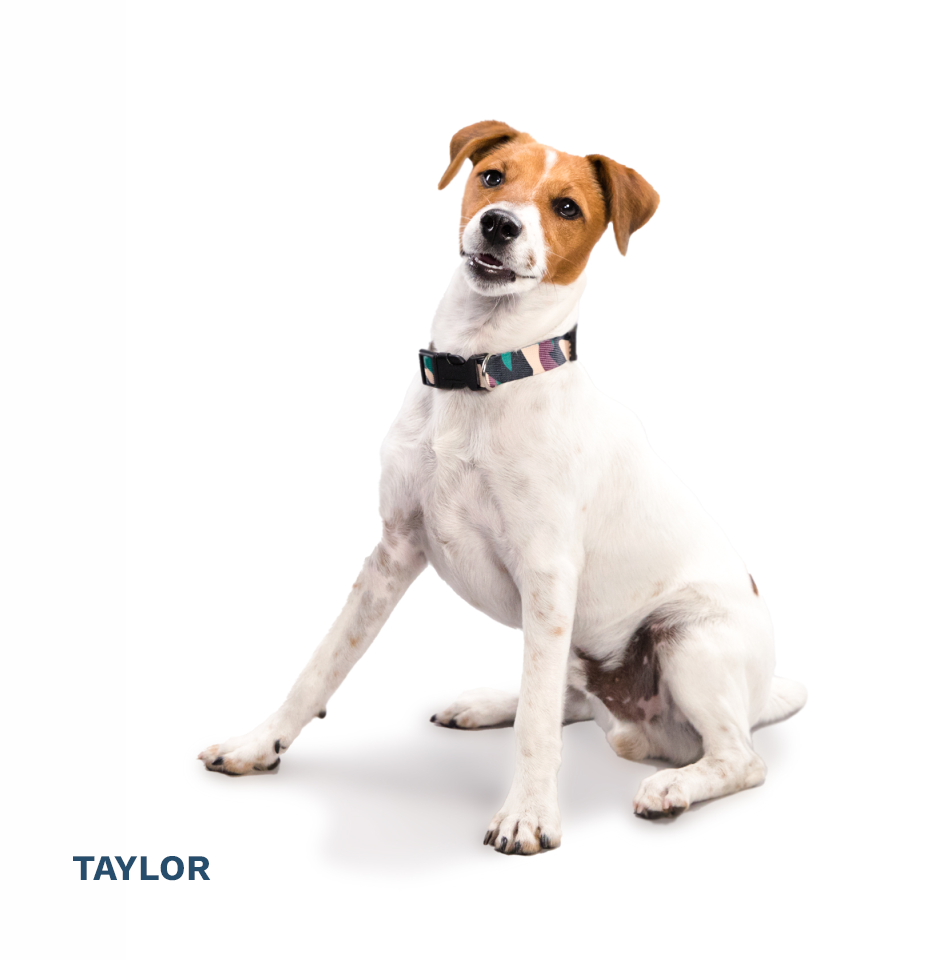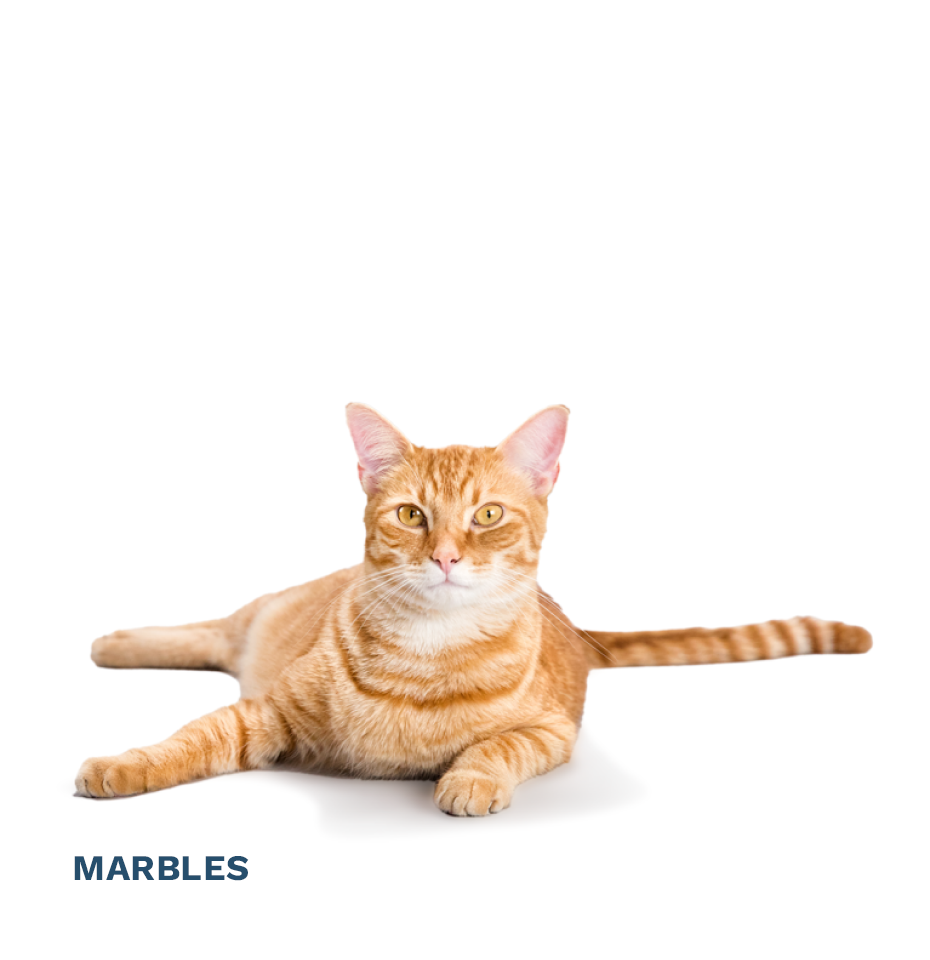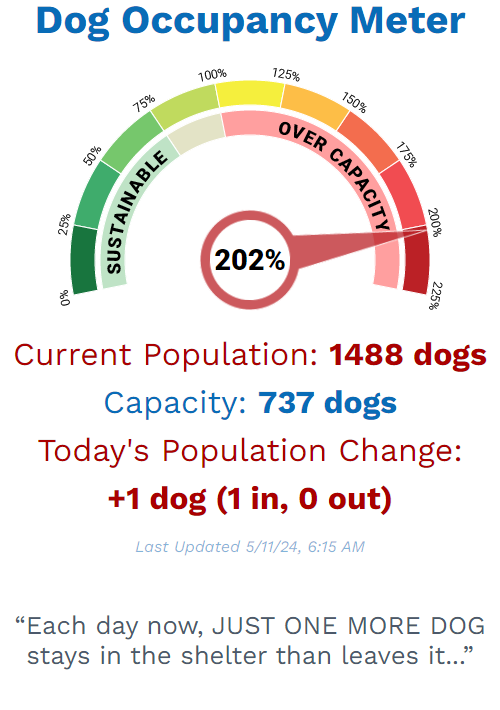
How to Introduce Companions to Each Other
Making Harmonious Cat to Cat Introductions
By Brenda Barnette, General Manager
LAAS Two (or three) cats can be better than one! With two cats in your home, your family will be able to enjoy the true social nature of cats and their relationship with each other. Having a playmate provides companionship and active stimulation during your absence and keeps both cats more playful and youthful in their later years. How you prepare for the new cat’s arrival and how you manage the transition is very important.
Cats, in general, are very cautious of new places and things. They don’t like change in their lives, and it will take time – the amount will vary with each individual cat – for your new cat to adjust to unfamiliar surroundings. A kitten is usually easier to integrate into the household with a full-sized adult. Cats of opposite sexes usually get along better.
Here are a few tips to help provide a friendlier transition:
- Set the new cat up in a small “safe room,” a bathroom with a tiled floor or a confined space he can call his own for a week or so. Get new food and water bowls, a litter box, scratching post/pad and bedding. Visit him frequently with interactive toys, special treats and lots of hands-on loving during the first week.
- Feed your resident cat and the newcomer on opposite sides of the door of the “safe room” so they can smell each other and associate the new cat smell with an enjoyable experience. Gradually move the food dishes closer to the door until they are eating calmly directly opposite each other.
- Switch scents by switching their beds between the new cat and the resident cat so they have a chance to become accustomed to each other’s scent. Another option is to rub a small towel on each cat and place the towel from the opposite cat under the food dish of the other cat.
- Begin an exchange of living space once your new cat is settled in and eating regularly in the confined room. Let the new cat have some free time in the house while you confine the resident cat in the “safe room.” This is another way the cats can experience each other’s scents without meeting face-to-face. It also helps the new cat get comfortable with her new surroundings without experiencing the other cat.
- Securely prop the door open a crack so they can safely see each other for the first time when the cats seem to be relaxed with everything you have done so far. Place treats on each side of the door and connect two toys with several inches of string slipped under the door so they can try playing with each other.
- When the cats seem to be calm in each other’s presence, it’s time to open the “safe room” door and let her out for a few minutes. The length of time should be increased gradually. Always allow the new cat an escape path back to her “safe room”, if needed.
This process may take a few weeks or a few months depending on the personalities and territorial needs of the cats. If from time to time your cats become hostile or fearful, return the newcomer to the “safe room,” close the door and let them calm down. Back up one stage in this process and begin again. Minor setbacks don’t ruin a growing friendship, but an aggressive encounter will be remembered a long time and should be avoided. The time you spend slowly orchestrating a proper introduction of your cats will eventually be rewarded with years of harmonious habitation and loving companionship.
Introducing a Dog to Other Dogs
Adapted from material originally developed by applied animal behaviorists at the Dumb Friends League, Denver, Colorado. All rights reserved.
Like most animals who live in groups, dogs establish their own social structure that serves to maintain order, reduce conflict and promote cooperation among pack members.
Dogs also establish territories, which they may defend against intruders. Of course, dogs’ social and territorial nature affects their behavior whenever a new dog is introduced to the household.
Introducing a Dog to Other Dogs
Adapted from material originally developed by applied animal behaviorists at the Dumb Friends League, Denver, Colorado. All rights reserved.
Like most animals who live in groups, dogs establish their own social structure that serves to maintain order, reduce conflict and promote cooperation among pack members.
Dogs also establish territories, which they may defend against intruders. Of course, dogs’ social and territorial nature affects their behavior whenever a new dog is introduced to the household.
Choose a neutral location
Introduce the dogs in a neutral location so that your resident dog is less likely to view the newcomer as a territorial intruder. Each dog should be handled by a separate person. With both dogs on leashes, begin the introductions in an area unfamiliar to each, such as a park or a neighbor’s yard. If you frequently walk your resident dog in a nearby park, she may view that area as her territory, too, so choose a less familiar site.
Use positive reinforcement
From the first meeting, help both dogs experience “good things” when they’re in each other’s presence. Let them sniff each other briefly, which is normal canine greeting behavior. As they do, talk to them in a happy, friendly tone of voice; never use a threatening tone. (Don’t allow them to investigate and sniff each other for too long, however, as this may escalate to an aggressive response.)
After a short time, get the attention of both dogs and give each a treat in return for obeying a simple command, such as “sit” or “watch me.” Take the dogs for a walk and let them sniff and investigate each other at intervals. Continue with the “happy talk,” food rewards, and simple commands.
Be aware of body postures
One body posture that indicates things are going well is a “play-bow.” One dog will crouch with her front legs on the ground and her hind end in the air. This is an invitation to play, and a posture that usually elicits friendly behavior from the other dog.
Watch carefully for body postures that indicate an aggressive response, including hair standing up on one dog’s back, teeth-baring, deep growls, a stiff-legged gait, or a prolonged stare. If you see such postures, interrupt the interaction immediately by calmly getting each dog interested in something else.
For example, both handlers can call their dogs to them, have them sit or lie down, and reward each with a treat. The dogs’ interest in the treats should prevent the situation from escalating into aggression. Try letting the dogs interact again, but this time for a shorter time period and/or at a greater distance from each other.
Taking the dogs home
When the dogs seem to be tolerating each other’s presence without fearful or aggressive responses, and the investigative greeting behaviors have tapered off, you can take them home. Whether you choose to take them in the same vehicle will depend on their size, how well they ride in the car, how trouble-free the initial introduction has been, and how many dogs are involved.
If you have more than one resident dog in your household, it may be best to introduce the resident dogs to the new dog one at a time. Two or more resident dogs may have a tendency to “gang up” on the newcomer.
It is important to support the dominant dog in your household, even if that turns out to be the newcomer. This may mean, for example, allowing the dominant dog to claim a special toy or favored sleeping spot as his own. Trying to impose your preference for which dog should be dominant can confuse the dogs and create further problems.
Introducing puppies to adult dogs
Puppies usually pester adult dogs unmercifully. Before the age of four months, puppies may not recognize subtle body postures from adult dogs signaling that they’ve had enough. Well-socialized adult dogs with good temperaments may set limits with puppies with a warning growl or snarl. These behaviors are normal and should be allowed.
Adult dogs who aren’t well-socialized, or who have a history of fighting with other dogs, may attempt to set limits with more aggressive behaviors, such as biting, which could harm the puppy. For this reason, a puppy shouldn’t be left alone with an adult dog until you’re confident the puppy isn’t in any danger. Be sure to give the adult dog some quiet time away from the puppy, and some extra individual attention as well.
When to get help
If the introductions don’t go smoothly, contact a professional animal behaviorist immediately. Dogs can be severely injured in fights, and the longer the problem continues, the harder it can be to resolve. Punishment won’t work, and could make things worse. Fortunately, most conflicts between dogs in the same family can be resolved with professional guidance.
Introducing Cats and Dogs
By Brenda Barnette, General Manager, LAAS
Whether you already have a dog and are considering getting a cat, or have a cat and are considering getting a dog, it is very important to think about their first introduction. If you let a loose cat and dog meet each other in an open room for the first time, you are setting both animals up to fail. Instead, plan ahead and take your time.
Here are a few tips -
- Keep your cat isolated from your dog.
- Make a safe and secure room for the cat.
- Swap scents; using an old blanket or towel, give the item to your cat. Let her play on it, sleep on it, eat on it. Rub her with this blanket and then leave it in her room for 24 hours.
- Remove the blanket and present it to your dog. Rub him all over with it, let him roll on it, sniff it, sleep on it for 24 hours, then switch and do the same thing again. This blends their scents, making them a bit more at ease with each other.
- Give your dog a soft plush dog toy, let him play with it, slobber on it and then toss the toy into the room with the cat. Just leave that toy there.
Know your Dog or Cat when selecting a new friend
- If you’re thinking of getting a cat for your dog or a dog for your cat, it’s important to consider both animals’ personalities. Preferably, look for a companion that has already been exposed to the other species in the past.
- If a dog is highly prey-driven and attempts to aggressively chase, trap or pick up a cat, it is best to not even consider getting a cat. A dog lunges at or obsessively barks at a cat will do best in a home without cats. Similarly, a cat who growls, swats and/or runs from dogs will prefer to not live with dogs.
- If a dog has prey-driven and loves chasing things, the best match would be a calm, confident cat who will not run either from fear or to play.
- If a dog likes to play exuberantly, avoid kittens or elderly cats who can easily be hurt. Instead, consider playful adults who are confident enough to take care of themselves. If a cat is very playful, a dog who is also playful, but gentle, could become great friends.
The Introduction
- The first introduction between your current pet and your new pet is a very important.
- Unlike dog to dog introductions , the introduction should take place at home.
- Keep the cat safely inside a sturdy carrier, and keep the dog securely leashed.
- Have lots of tasty dog treats handy.
- Use two people: One to handle the dog and one to be in charge of the cat carrier.
Walk the dog past the carrier
- Walk the dog past the cat carrier, keeping him several feet away while praising him and giving treats. If the dog is relaxed, keep walking him by the crate several times. If the cat is quiet and appears calm, you can walk the dog closer and closer.
Let the dog sniff the carrier
- If BOTH animals are calm, allow the dog to briefly sniff the carrier as you pass by, but keep moving. Repeat this several times. As long as both animals are calm, quiet and showing no aggression or fear, allow the dog to sniff the crate more and more.
- If the dog freezes or gets too curious (is not relaxed) do not allow that to escalate into dangerous behavior by gently guiding the dog away and getting him to refocus on you and the treats.
Open the carrier door
- Keep the dog on leash at all times until the dog can be near the carrier and neither animal seems aggressive or afraid of the other.
- Then, walk the dog several feet away and have the other person open the carrier door and allow the cat freedom.
- Assuming the cat leaves the carrier, be sure to keep the dog leashed until both animals are calm and relaxed around each other.
- Do not leave a new cat-and-dog combination unsupervised for the first several months until you are certain both animals are safe.
DO NOT RUSH THIS PROCESS even if the dog and the cat live in different parts of the house for a few days or weeks and you repeat this process regularly until they are good with each other.

















